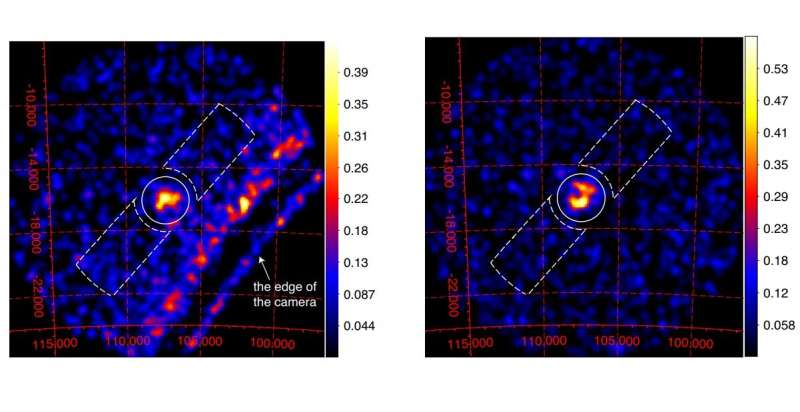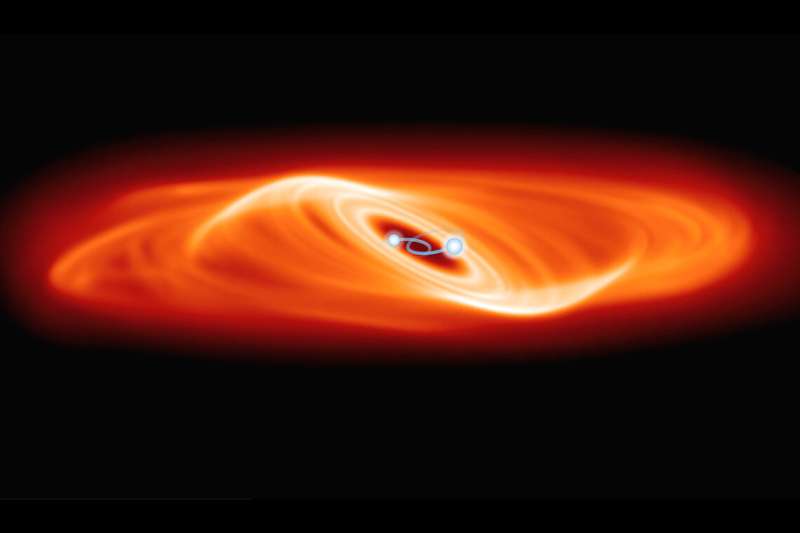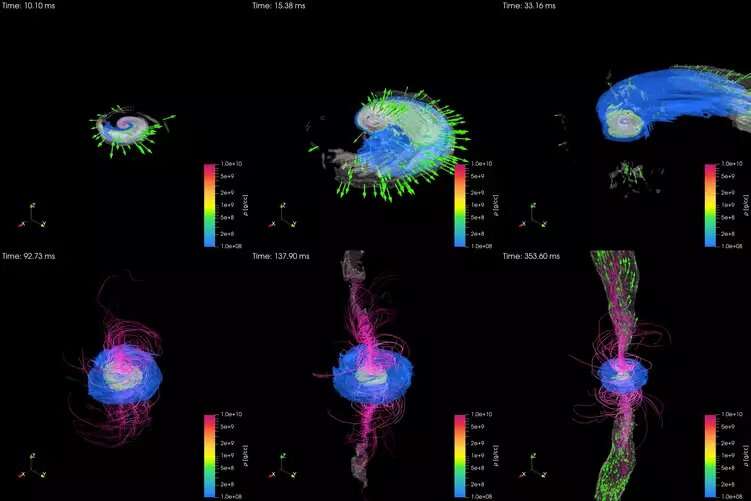New supergiant fast X-ray transient discovered
https://phys.org/news/2022-07-supergian ... sient.html
by Tomasz Nowakowski , Phys.org

An international team of astronomers reports the detection of a new supergiant fast X-ray transient with the Monitor of All-sky X-ray Image (MAXI) instrument. The newfound transient, designated MAXI J0709−159, was identified in the constellation Canis Majoris and lasted about three hours. The finding was detailed in a paper published July 5 on the arXiv pre-print server.
Generally, X-ray binaries are composed of a normal star or a white dwarf transferring mass onto a compact neutron star or a black hole. Based on the mass of the companion star, astronomers divide them into low-mass X-ray binaries (LMXB) and high-mass X-ray binaries (HMXB).
Supergiant fast X-ray transients (SFXTs) are a class of HMXBs with supergiant companions. They showcase significant X-ray flaring activity, experiencing outbursts with very fast rise times and typical durations of a few hours that are associated with supergiant stars.
Now, a group of astronomers led by Mutsumi Sugizaki of National Astronomical Observatories in Beijing, China, has detected a new SFXT—MAXI J0709−159 (or MAXI J0709 for short). The transient, lasting approximately three hours, was identified on January 25, 2022, by the MAXI instrument onboard the International Space Station (ISS). Follow-up observations of this source have been also conducted, using NuSTAR, Swift, and eROSITA, in order to determine its properties.

